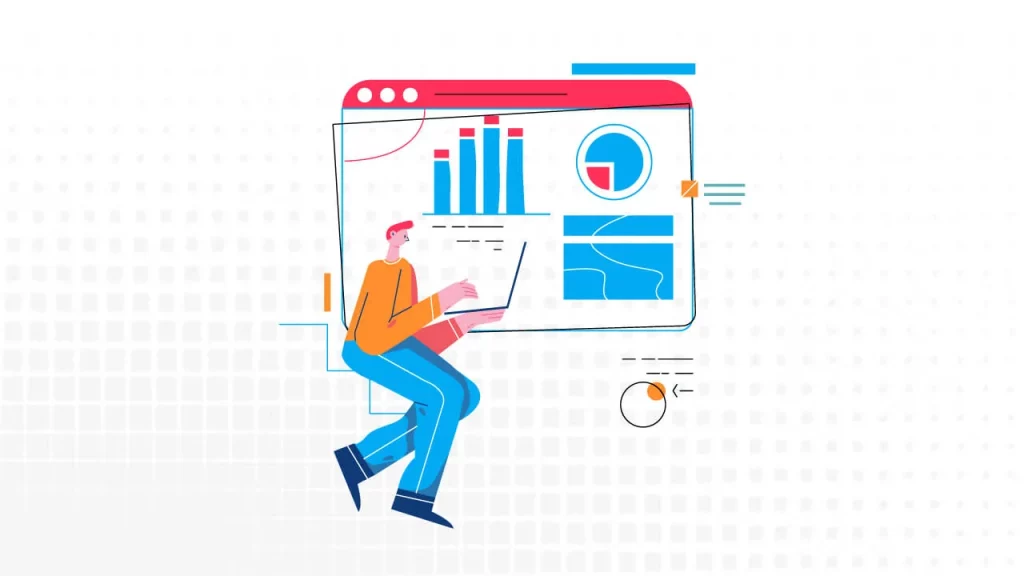In today’s rapidly changing business landscape, the ability to make informed decisions is essential for success. This is where data-driven decision making comes into play. Equipped with different types of data and advanced analytical tools, business analysts play a key role in this transformation. In this blog post, we will explore how business analysts leverage data to develop effective strategies.
Understanding Data-Driven Decisions
Data-driven decisions refer to the process of making conscious choices based on a comprehensive analysis of relevant data. This approach reduces uncertainty by emphasizing concrete evidence over instincts and intuition, thus increasing the likelihood of positive outcomes. Business analysts are at the forefront of this practice, using their analytical skills to derive valuable insights from raw data.
Examples of Data-Driven Decisions
Inventory Management: A retail company tracks sales data and stock levels to optimize restocking decisions. Business analysts analyze past sales patterns and correlate them with external factors like seasons and promotions to recommend precise inventory levels, minimizing unnecessary stock while ensuring products are accessible when needed.
Customer Segmentation: Businesses use data to effectively segment their customer base. By analyzing demographics, purchasing behaviors, and feedback, analysts can identify different customer segments. This enables companies to tailor marketing strategies and offerings to specific groups, thereby increasing customer satisfaction and engagement.
Pricing Strategies: Data-driven decisions play a significant role in pricing. Analysts propose optimal price points that maximize revenue and competitiveness by analyzing competitive pricing, production costs, and customer payment preferences.
Operational Efficiency: Analysts can identify bottlenecks and inefficiencies by analyzing operational data such as production workflows and supply chain processes. This data-driven insight provides businesses with the opportunity to optimize operations, reduce costs, and enhance overall efficiency.

Using Data for Strategy Development
Establish Clear Objectives: Begin by defining specific objectives you aim to achieve through data-driven decisions. Whether it’s increasing sales, improving customer satisfaction, or optimizing resource allocation, having well-defined objectives is essential.
Collect Relevant Data: Collecting high-quality data is fundamental to effective decision-making. Ensure that the data you gather is relevant to your objectives and comes from reliable sources. This may require integrating data from various systems and platforms.
Utilize Analytical Tools: Business analysts use various analytical tools to process and analyze data. These tools can range from simple spreadsheet software to advanced data visualization and machine learning platforms.
Identify Patterns and Trends: Once you have the data, dive into its analysis, and look for patterns, trends, and relationships that impact your objectives. Visualization techniques such as charts and tables can be particularly helpful in conveying complex findings.
Make Informed Decisions: Based on insights derived from data analysis, formulate strategies that align with your objectives. These strategies may involve changes to current processes, marketing approaches, resource allocation, or other relevant aspects of your business.
Monitor and Adapt: Data-driven decisions are not static. Continuously monitor the results of your strategies and compare them with your initial objectives. Be prepared to adapt and improve your approaches based on new data and insights.
Data-driven decision making is driving significant change in the business world. Business analysts harness the power of data to make conscious, evidence-based choices that lead organizations towards success. Data-driven decisions, such as optimizing inventory, enhancing customer experience, and improving operational efficiency, enable businesses to stay dynamic in a competitive landscape. By becoming more data-driven, organizations not only develop effective strategies but also thrive in the increasingly data-centric modern world. Stay tuned for our upcoming Business Analyst Training Program to learn more about business analysts and their role in leveraging data!



